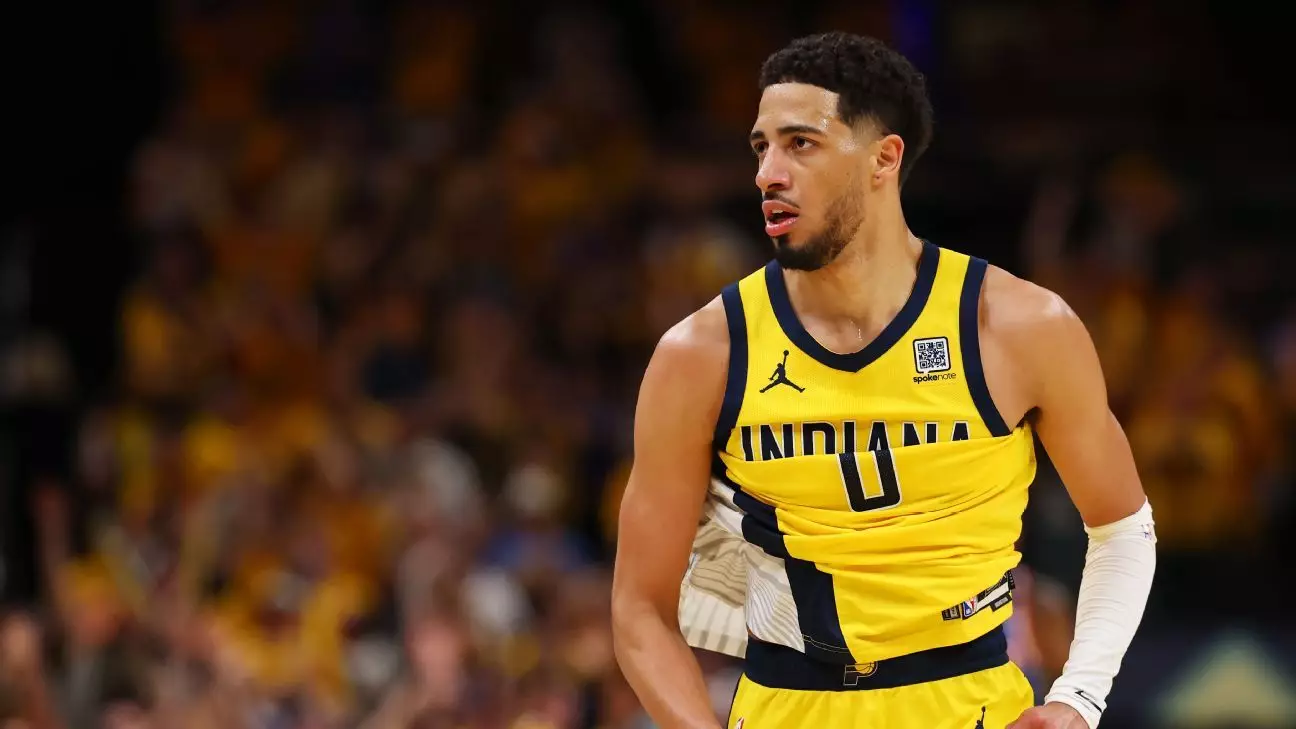In the fast-paced world of the NBA, injuries are an unfortunate but unavoidable aspect of the game. Recently, Tyrese Haliburton voiced a perspective that resonates deeply within the sports community: these injuries, especially Achilles tears, are often more about chance than preventable causes. His candid acknowledgment of the randomness challenges the common narrative that players’ health issues are solely due to overexertion or insufficient preparation. This stance hints at a larger truth—that despite advancements in training, nutrition, and recovery methods, some injuries still escape human control. It forces us to confront the uncomfortable reality that sport, at its highest level, involves an element of luck and unpredictability.
The media discourse often simplifies injury causation to factors like overuse, intense schedules, or physical strain. Yet, Haliburton’s experience, like those of Durant and Tatum, suggests that the Achilles tendon remains an enigmatic threat—one that can strike even when precautions are taken. Such injuries tend to strike players when they feel at their best, often in moments of peak performance or confidence. This paradox highlights the unpredictable nature of sports health risks: an athlete can feel indomitable, only to be sidelined by a devastating injury that defies easy explanation.
Questioning the Oversimplification of Injury Causes
The widespread debate about whether an overcrowded schedule or excessive minutes contribute to Achilles injuries is nuanced but ultimately incomplete. Commissioner Adam Silver’s assertion that most Achilles tears happen early in the season aligns with the idea that fatigue may not be the primary culprit. If anything, the frequency of injuries in the first half of the season suggests that factors other than wear and tear—perhaps microscopic damage, individual genetics, or just plain bad luck—play decisive roles.
Haliburton’s own comments further emphasize that injuries are not always within a player’s control. He describes feeling physically ready before Game 7, only to suffer a tearing injury mid-game. His narrative illustrates how even rigorous pre-game evaluations may fail to detect the underlying vulnerabilities of an athlete’s tendon tissue. It demonstrates that injury prevention, while vital, is inherently limited; some risks derive from the body’s complex biological responses rather than external workload alone.
The idea that players, coaches, and medical staff often search for a culprit—be it fatigue, overtraining, or insufficient recovery—may be misguided. Sometimes, a tendon simply reaches a breaking point regardless of preparation or effort. This perspective shifts the focus from blame to humility—a recognition that injury prediction in biomechanics is still an imperfect science.
The Psychological and Cultural Impact of Achilles Injuries
Beyond the physical toll, Achilles injuries cast a shadow over athletes’ mental health and team dynamics. Haliburton’s decision to use his recovery period for growth—learning from veterans like Kevin Durant and Jayson Tatum—reflects a positive attitude in the face of adversity. His desire to deepen his understanding of the game underscores how athletes often redefine success and purpose during periods of recovery, turning setbacks into opportunities for growth.
However, there’s also an implicit criticism of the sports culture that idolizes raw physical resilience above all else. The pressure to return quickly and the stigma around injury can sometimes lead athletes to ignore early warning signs, inadvertently increasing their risk. The reality is that even with the best medical care and personal vigilance, injuries happen, and perhaps the most we can do is foster a culture that accepts this volatility rather than denying it.
Haliburton’s reflective attitude reminds us that sport, at its core, is a humbling endeavor fraught with uncertainty. His recognition that luck plays a significant role challenges the overly deterministic narratives that blame players or schedule management for injuries. As the NBA and other athletic leagues continue to evolve, embracing this truth could lead to a more compassionate, realistic approach—one that balances pushing athletic boundaries with respecting their biological limits.
Achilles injuries serve as a stark reminder: in the pursuit of greatness, athletes and those who support them must accept the inherent uncertainties of their craft, realizing that sometimes, despite all efforts, luck dictates the outcome.

